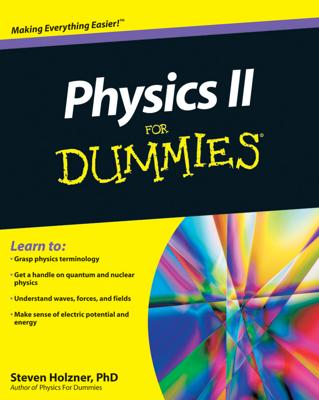Gravity is a force of nature that you experience every day. It's produced by all matter in the universe and attracts all pieces of matter, regardless of type. The Earth produces gravity and so do the sun, other planets, your car, your house, and your body.
Gravity basics
Sir Isaac Newton invented gravity in 1687 when he failed to pay attention while sitting under a tree and got bonked on the noggin by an apple. Before that, gravity didn't exist, and everyone just floated around. Okay, Isaac Newton didn't invent gravity. But the famous mathematician was the first to study gravity seriously, and he came up with the theory of how gravity works.
Newton's law of universal gravitation states that every object in the universe attracts every other object in the universe. The amount (force) of the attraction depends on the mass of the object. If you're sitting in front of your television, you may be surprised to know that the television set is attracting you. However, because the mass of the TV is so small compared to the mass of the Earth, you don't notice the physical "pull" toward the television set.
On Earth, gravity pulls objects downward toward the center of the Earth. The force of gravity acting on an object is equal to the weight of the object. Of course, other planets have lesser or greater masses than the Earth, so the weight of objects on those planets, and thus the amount of gravitational pull, will be different.
Newton's law also says that the greater the distance between two objects, the less the objects will attract each other. In other words, the farther away an object is from the Earth (or any large body), the less it will weigh. If you stand at the top of a high mountain, you will weigh less than you do at sea level. (Don't get too excited about this weight-loss technique; gravitational pull isn't the next big diet craze. The difference is incredibly small. Sorry!)
For an object to really lose weight, it must be far away from the Earth (or any other large body). When an object is far enough away from these bodies that it experiences practically no gravitational pull from them, it is said to experience weightlessness — just like the astronauts you see on TV.
False gravity of a spinning object: Centrifugal force
An object traveling in a circle appears to experience a gravitational force. This isn't really gravity, but instead it's a concept known as centrifugal force. The amount of force depends on the mass of the object, the speed of rotation, and the distance from the center of the rotation:
- The more massive the object, the greater the force.
- The greater the speed of the object, the greater the force.
- The greater the distance from the center of rotation, the greater the force.
Centrifugal force doesn't really exist, so many scientists refer to it as a false force. It's not a force at all, but rather a product of Newton's (remember him?) laws of motion. This characterization seems wrong because when your car goes off the road and crashes or when your bicycle skids out from under you when cornering a slippery curve, you feel like this force had something to do with it. Because it feels real, it's often useful to treat it as if it's a real force.
If you're riding a merry-go-round on the playground, you have to exert a constant force to keep from flying off. This force isn't due to something actually pushing you in that direction, but by your body's inertia trying to keep you moving in a straight line. Because one of Newton's laws states that accelerating objects tend to want to travel in one direction, as the merry-go-round turns, your accelerating body wants to keep traveling in one direction, so you feel you're being "pushed" outward.

